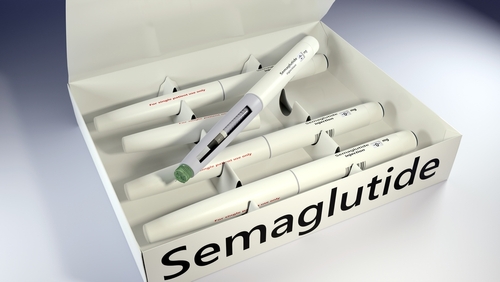
Adolescents with a firm hand grip are at increased odds to be healthy overtime, a study published in The Journal of Pediatrics found. The two-year study is the first of its kind in that it followed participants’ health overtime.
Researchers followed a group of boys and girls from the fall of their fourth-grade school year until the end of fifth grade. They measured grip strength based on body mass (normalized grip strength [NGS]) and classified subjects as weak or strong based on previous cutoffs.
For both sexes, lower NGSs were indicative of health decline or poor health persistence when compared to the stronger children (boys: 60.2% vs 15.3%; girls: 51% vs 21.9%). Children with high NGSs were more likely to have health maintenance (OR 3.54) and health improvement (OR 1.30). Once children crossed the threshold to be considered strong, further increase in NGS did not significantly improve their health.
Grip strength of children gives clues about their future health "this study suggests that greater emphasis needs to be placed on improving and maintaining muscular strength during adolescence." https://t.co/OSEElOjlXn
— TeamSafe®Sports (@teamsafesports) August 14, 2018
In analyzing the data, researchers accounted for other factors, including baseline fat-free mass index, cardiorespiratory fitness, and physical activity.
The study suggests that in addition to maintaining a healthy diet and exercising, it is also important for adolescents to build muscular strength.
Senior study author Paul M. Gordon, PhD, said that one major benefit of the study is how simple it is to conduct and replicate.
Children who exercise have more brain power, finds study https://t.co/UVfaR7j2ks #health #education pic.twitter.com/5EfvwbdWPM
— World Economic Forum (@wef) August 11, 2018
“Given that grip strength is a simple indicator for all-cause death, cardiovascular death and cardiovascular disease in adults, future research is certainly warranted to better understand how weakness during childhood tracks into and throughout adulthood,” he said. “Testing grip strength is simple, non-invasive and can easily be done in a health care professional’s office. It has value for adults and children.”
Researchers concluded: “Low NGS could be used as a prognostic indicator of cardiometabolic risk and to identify adolescents who would benefit most from lifestyle interventions to improve muscular fitness.”
Source: MDLinx, The Journal of Pediatrics







 © 2025 Mashup Media, LLC, a Formedics Property. All Rights Reserved.
© 2025 Mashup Media, LLC, a Formedics Property. All Rights Reserved.